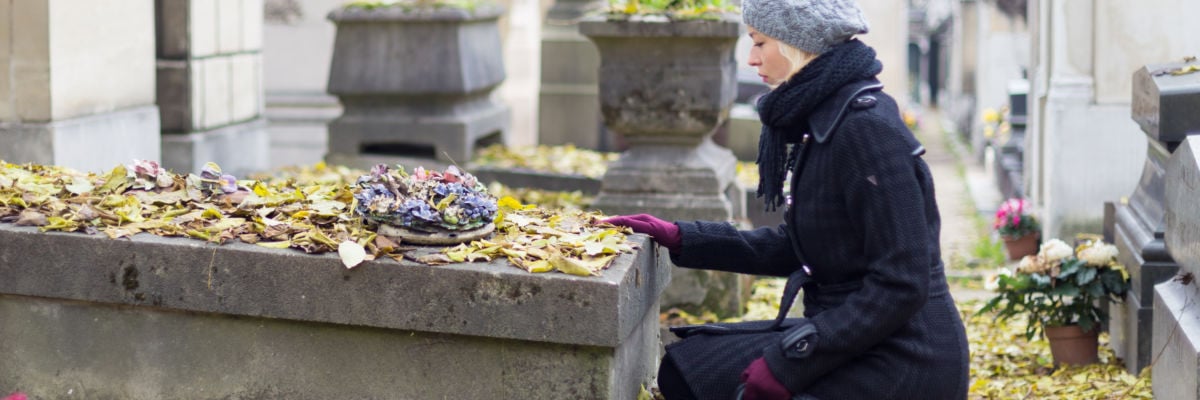
Protestants insist that the veneration and intercession of saints is a later pagan accretion into Christianity. My research has led me to the opposite conclusion: the belief goes back to first-century Judaism.
My main proof is Lives of the Prophets. The T&T Clark Encyclopedia of Second Temple Judaism states, “Lives of the Prophets was composed in Greek probably in Jerusalem during the first half of the 1st century ce.” It is perfectly situated to tell us about Judaism during the time of Jesus and the apostles.
The text begins with certain miracles associated with Isaiah during his life and after his death. The first miracle occurred under king Hezekiah: “And in the time of Hezekiah, before he made the cisterns and the pools, in response to the prayer of Isaiah a little water came out, for the nation was besieged by foreigners and (this happened) in order that the city might not perish for lack of water” (1:3). The second occurred before Isaiah’s martyrdom under the evil king Manasseh: “And God worked the miracle of Siloam for the prophet’s sake, for, being faint before he died, he prayed for water to drink, and immediately it was sent to him from it; therefore it is called Siloam, which means ‘sent’” (1:2).
The text then jumps to the first century and says, “Wherefore to this day it comes out intermittently, in order that the mystery may be manifested. And since this happened through Isaiah, as a memorial of it the nation also buried him nearby with care and in great honor, so that through his prayers even after his death they might enjoy the benefit of the water, for an oracle was also given to them concerning him” (1:7-8). The text is explicit that Isaiah still prays for Israel “even after his death” and that he continually performs the miracle of water for them.
The next section on Jeremiah clearly has Christian insertions. However, the section ends authentically Jewish: “And at night there [at Moses’ and Aaron’s graves] is a cloud like fire, just like the ancient one, for the glory of God will never cease from his Law” (2:19). It then says of Jeremiah, “And God bestowed this favor upon Jeremiah, that he might himself perform the completion of his mystery so that he might become a partner of Moses and they are together to this day.” The translator notes here, “Although their physical remains rest in widely separated locations!” What does this mean? The text implies that Moses and Jeremiah are still alive and active together even after their deaths.
So what’s the connection to Jesus and the apostles?
Lives of the Prophets mentions each saint’s burial site after his biography, encouraging the reader to visit and honor the saint. The New Testament corroborates the phenomenon of venerating a saint’s tomb. Jesus says in Matthew 23:29-30, “Woe to you, scribes and Pharisees, hypocrites! For you build the tombs of the prophets and decorate the graves of the righteous, and you say, ‘If we had lived in the days of our ancestors, we would not have taken part with them in shedding the blood of the prophets.’” Importantly, Jesus does not condemn the practice. He contrasts the Pharisees’ piety over tombs with their hypocrisy.
Matthew reveals elsewhere his knowledge of devotion to the tombs of saints. He relates that after Jesus’ death, “The tombs also were opened, and many bodies of the saints who had fallen asleep were raised” (Matt. 27:52). Matthew simply assumes that his readers were aware of the practice.
Finally, Peter declares in Acts 2:29, “‘Fellow Israelites, I may say to you confidently of our ancestor David that he both died and was buried, and his tomb is with us to this day.’”
We see from Scripture that ancient Jews took great care and pride in these tombs. And when we put Scripture in its historical context with Lives of the Prophets, we see that Catholic beliefs around saint veneration and intercession go back to the first century.
The T&T Clark Encyclopedia corroborates this point. Although speculating that venerating the dead might be an ancient Canaanite practice that survived into first-century Judaism, it says, “Such a practice [of venerating the dead] would have taken the form of visits to the tombs by those hoping for intercession of the dead on their behalf, a scenario that can be inferred from the Lives of the Prophets.”
Whereas the accretion objection is demonstrably false, the Catholic position is demonstrably ancient.



